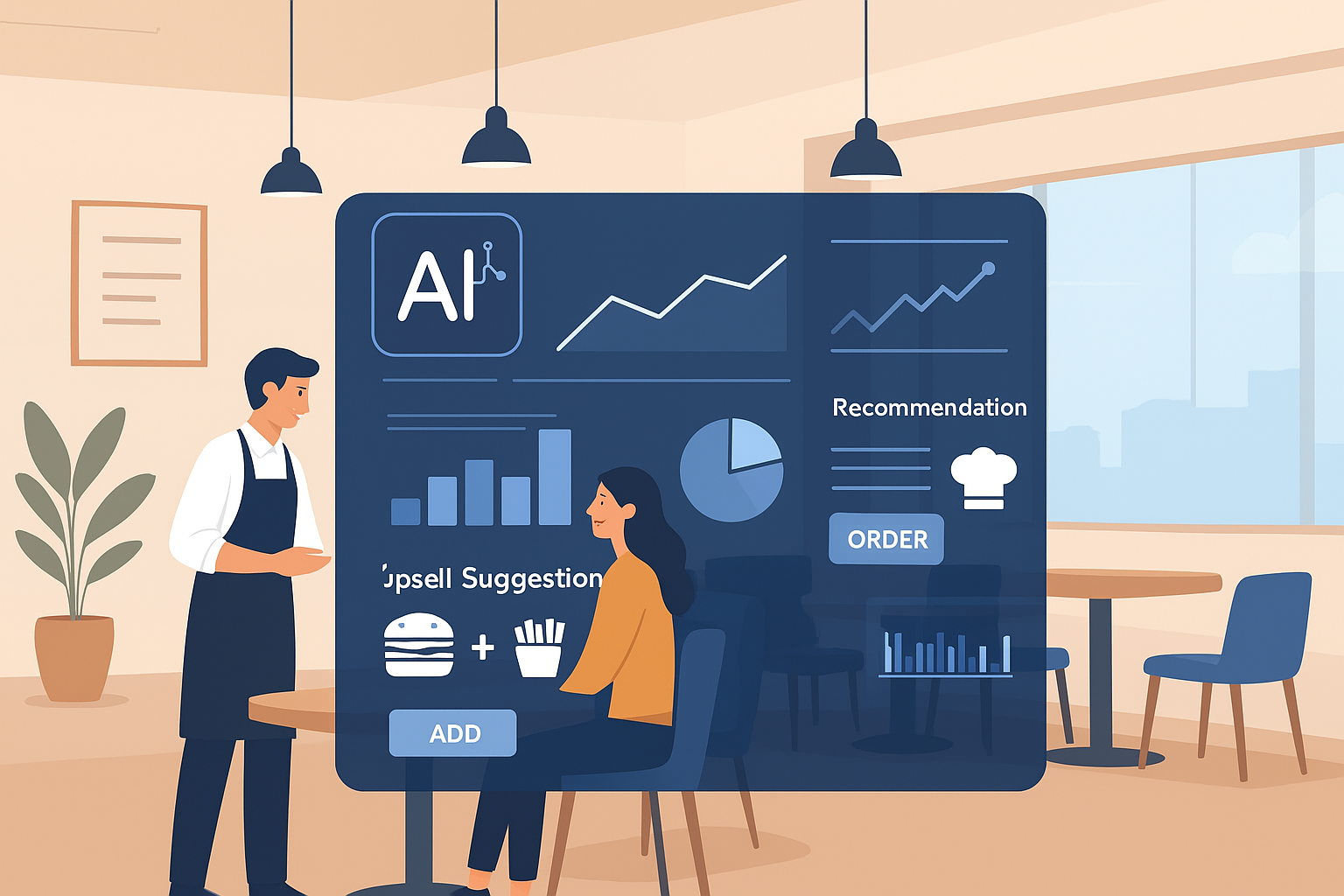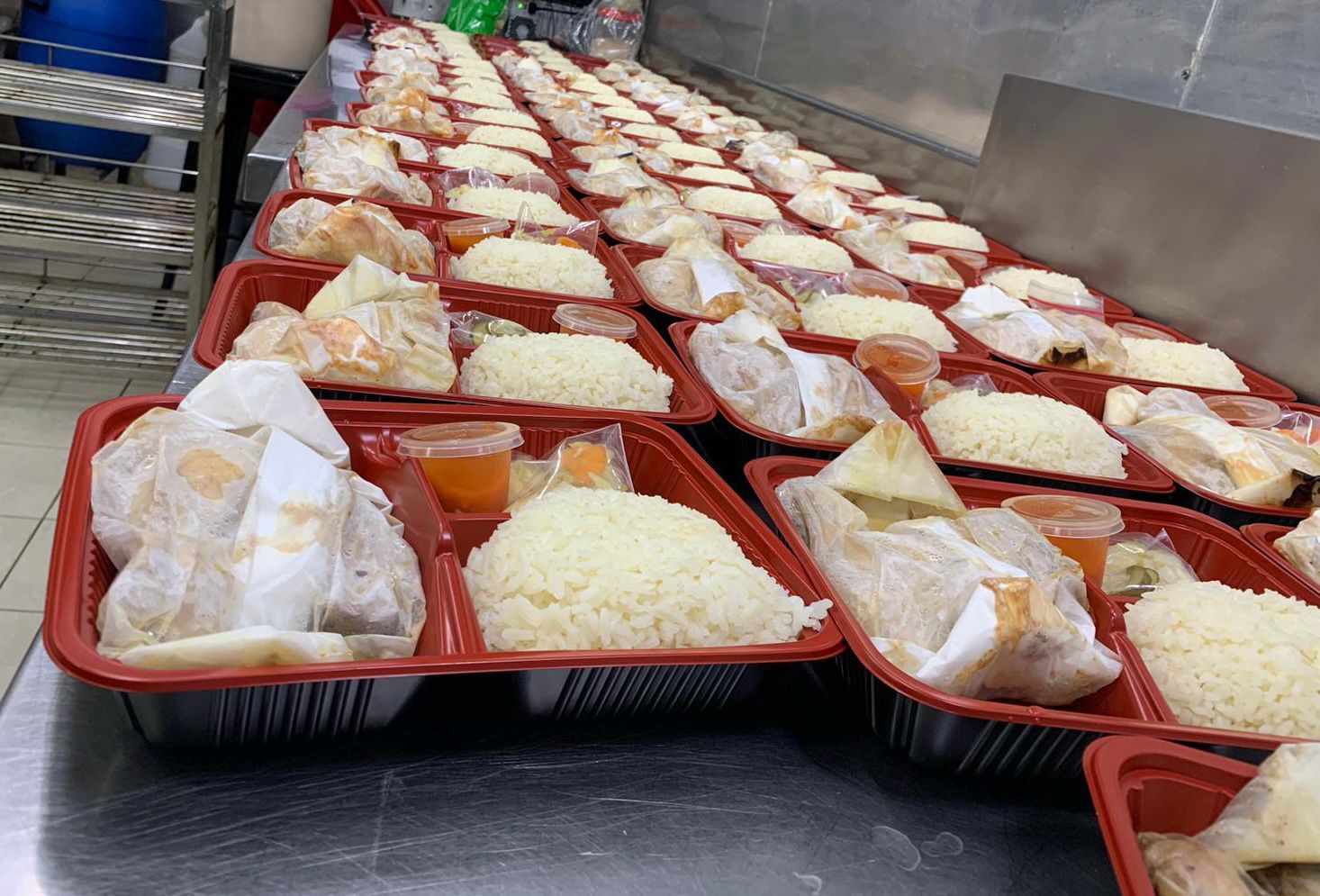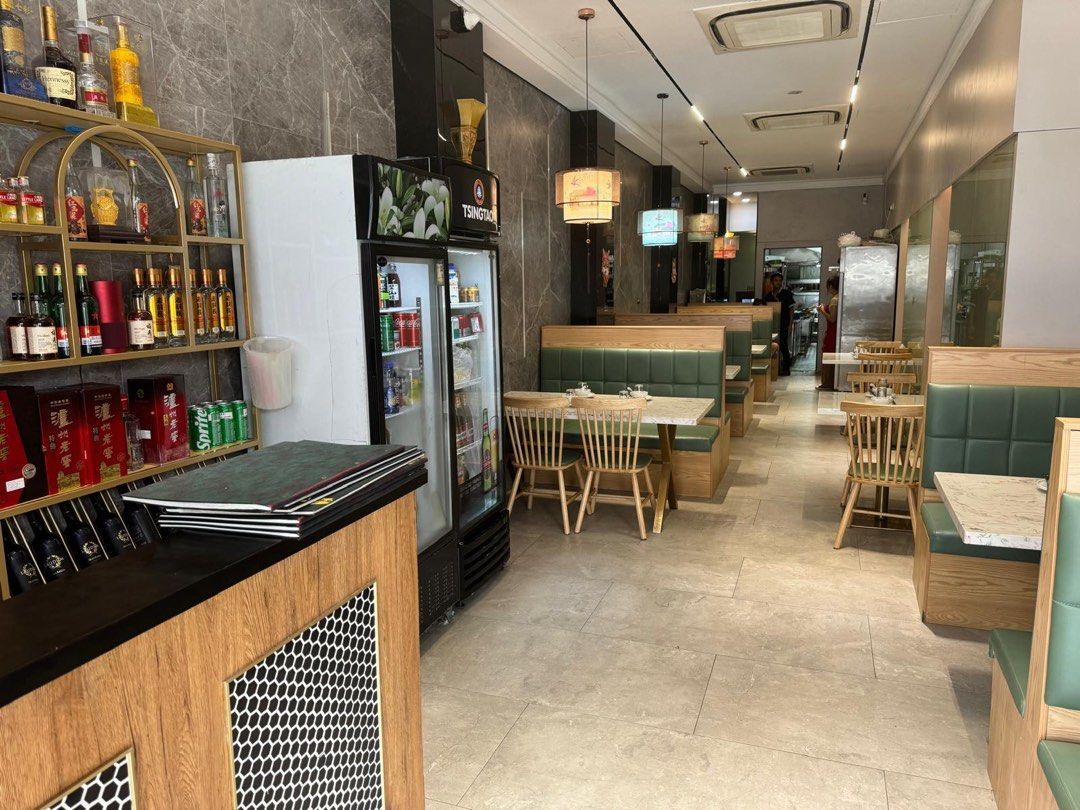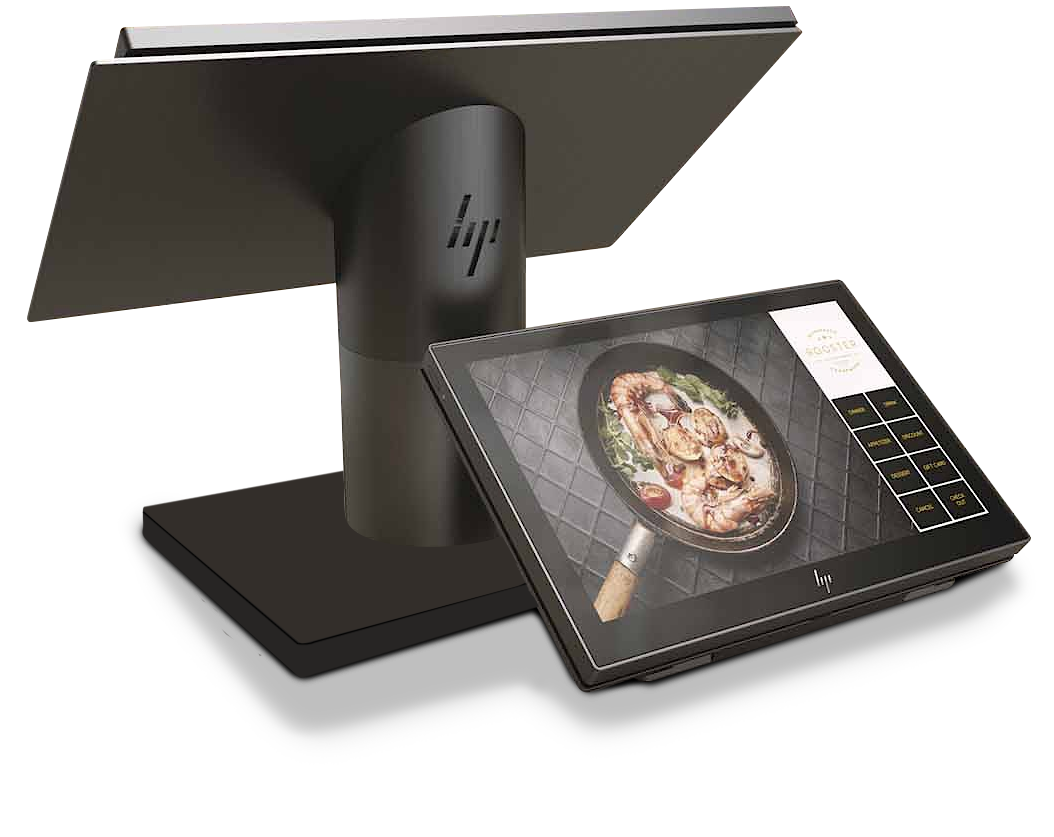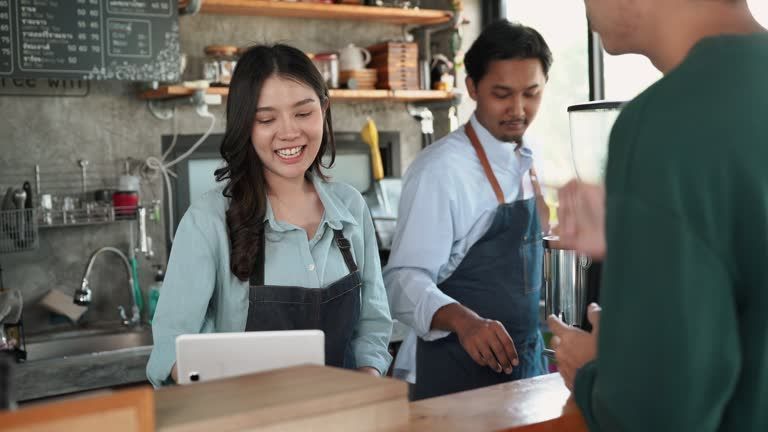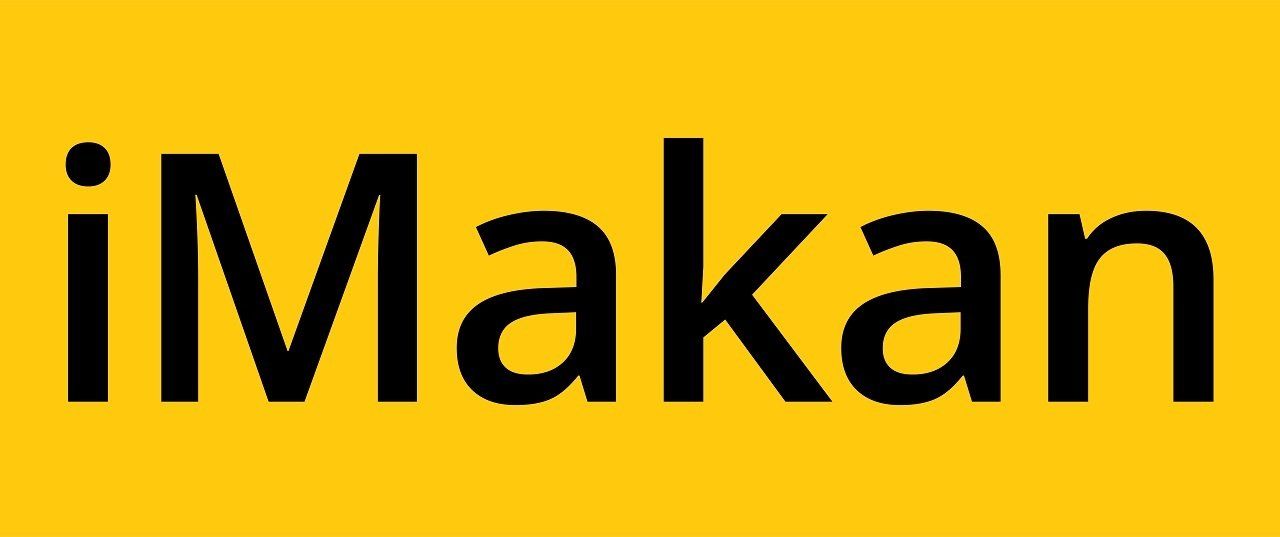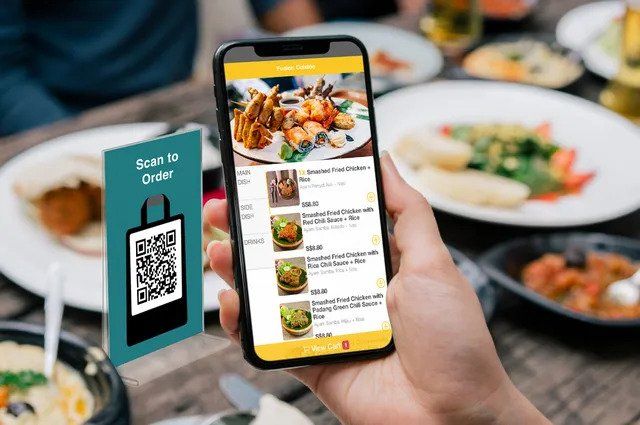Menu engineering is a strategic approach that allows F&B businesses to optimize their menus and maximize profitability. By analyzing and making strategic adjustments to menu items, pricing, and placement, businesses can influence customer purchasing behavior, increase average order value, and manage food costs effectively. In this article, we will explore the power of menu engineering and how it can help F&B businesses drive profitability and enhance customer satisfaction.
Analyzing Sales Data and Customer Preferences:
Menu engineering begins with a comprehensive analysis of sales data and customer preferences. By examining data on the popularity and profitability of menu items, businesses can identify top performers, underperforming items, and hidden gems. This analysis helps in making informed decisions about which items to promote, modify, or remove from the menu. Additionally, incorporating customer feedback and preferences gathered through self-ordering kiosks or QR ordering can provide valuable insights to guide menu optimization efforts.
Strategic Placement and Design:
The placement and design of menu items play a crucial role in influencing customer choices. Through menu engineering, businesses strategically position high-profit margin items or signature dishes in prominent locations on the menu. Eye-catching visuals, enticing descriptions, and the strategic use of highlighting techniques can draw attention to these items and increase their desirability. Moreover, leveraging self-ordering kiosks or QR ordering technology can further enhance the visual appeal and interactivity of menus, influencing customers to explore and order more.
Pricing and Profitability:
An essential aspect of menu engineering is optimizing pricing to drive profitability. By analyzing food costs, ingredient prices, and competitive market rates, businesses can set appropriate prices that balance profitability and customer value. Menu engineering techniques such as bundling, tiered pricing, or value-added options can be employed to guide customer choices towards higher-margin items. Self-ordering kiosks and QR ordering platforms can facilitate dynamic pricing adjustments and enable businesses to experiment with pricing strategies to maximize profits.
Promotions and Upselling Opportunities:
Menu engineering provides businesses with opportunities to strategically promote high-margin items and encourage upselling. By leveraging data insights and customer preferences, businesses can design promotions or combo offers that highlight profitable items and incentivize customers to explore complementary options. Through self-ordering kiosks or QR ordering, businesses can automate upselling prompts or recommend add-ons during the ordering process, increasing the likelihood of customers ordering more and driving revenue.
Continuous Monitoring and Adaptation:
Menu engineering is an ongoing process that requires continuous monitoring and adaptation. By regularly reviewing sales data, customer feedback, and market trends, businesses can identify areas for improvement, track the success of menu engineering strategies, and make necessary adjustments. Self-ordering kiosks and QR ordering platforms can provide real-time data on customer preferences and ordering patterns, allowing businesses to stay agile and optimize menus accordingly.
Conclusion:
Menu engineering is a powerful tool that F&B businesses can utilize to drive profitability and enhance customer satisfaction. By analyzing sales data, strategically placing menu items, optimizing pricing, and promoting upselling opportunities, businesses can maximize profits and create a more engaging dining experience. Leveraging self-ordering kiosks and QR ordering platforms can further enhance menu optimization efforts, providing businesses with valuable insights and facilitating seamless customer interactions. Embracing the power of menu engineering enables F&B businesses to thrive in a competitive market and build a loyal customer base.
Interested in a self ordering kiosks or QR ordering for your F&B business? Click
here to contact us!
